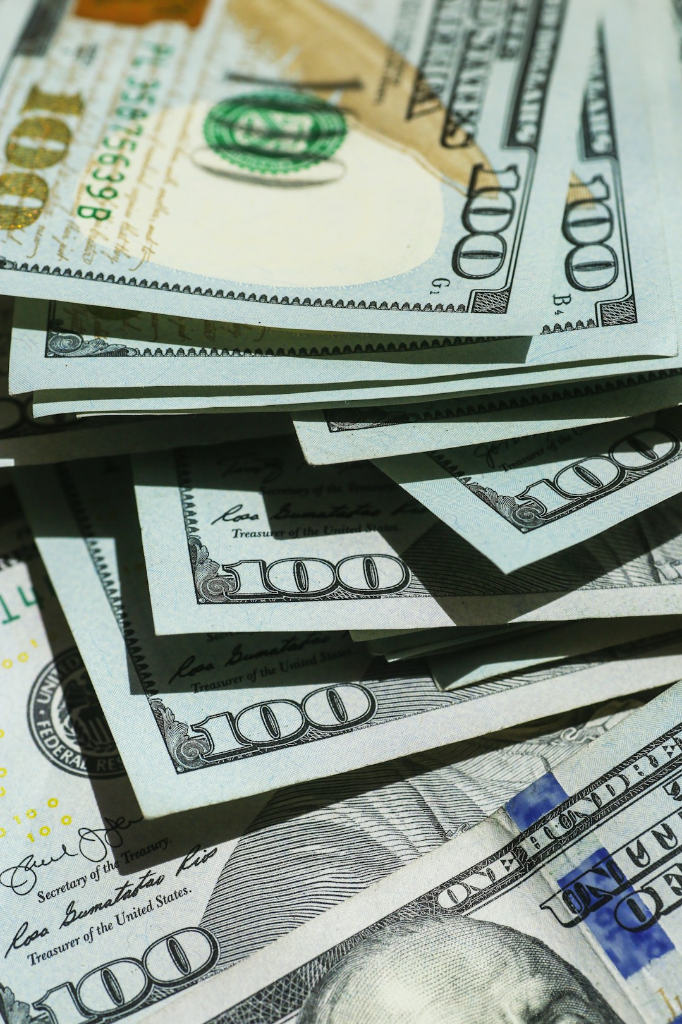When navigating the world of mortgages, one of the key decisions you’ll face is whether to lock in your mortgage rate. While it might seem like a small detail, understanding what a mortgage rate lock is and how it works can significantly impact your overall homebuying experience. We’ll break down what a mortgage rate lock entails, why it matters, and how to make the most of it.
What is a Mortgage Rate Lock?
A mortgage rate lock is a guarantee from your lender that the interest rate on your mortgage will remain the same for a specific period, regardless of market fluctuations. This means that if you lock in a rate today, it won’t change even if interest rates rise before your loan closes. The primary goal of a rate lock is to protect you from potential rate increases during the time it takes to complete the mortgage process.
Why is a Rate Lock Important?
- Protects Against Rate Increases: The most obvious benefit of a rate lock is protection from rising interest rates. Mortgage rates can fluctuate frequently, and a rate lock ensures that you won’t be affected by these changes, potentially saving you a significant amount of money over the life of your loan.
- Budgeting Certainty: With a locked rate, you can more accurately budget for your monthly mortgage payments. Knowing exactly what your interest rate will be allows you to calculate your payments with certainty and avoid any unpleasant surprises.
- Peace of Mind: The homebuying process can be stressful, and knowing that your rate is locked can provide peace of mind. It eliminates one variable from the equation, allowing you to focus on other aspects of the home purchase.
How to Lock in Your Rate
- Discuss with Your Lender: The first step is to have a conversation with your mortgage lender. They can explain their rate lock policies and help you understand the best time to lock in your rate based on current market conditions and your loan timeline.
- Understand the Terms: Rate locks come with specific terms, including the length of time the lock is valid (typically ranging from 15 to 60 days). Ensure you understand these terms and any associated fees. Some lenders offer a free lock, while others may charge a fee.
- Consider the Timing: Timing is crucial when locking in a rate. If your loan process is expected to take longer than the lock period, you might need an extension. Be aware of the potential costs for extending a lock or the implications of not closing within the lock period.
- Evaluate Your Options: Some lenders offer a “float-down” option, which allows you to take advantage of lower rates if they drop after you lock in. If this feature is important to you, make sure to inquire about it when discussing rate locks with your lender.
Common Questions About Rate Locks
Q: Can I lock my rate before I’ve found a home? A: Some lenders may allow you to lock in a rate before finding a home, but this is less common. Generally, rate locks are done once you have a signed purchase agreement.
Q: What happens if rates drop after I lock in? A: If you have a float-down option, you might be able to secure a lower rate if the market improves. Otherwise, you will be committed to the rate you locked in, regardless of market changes.
Q: Can I change my rate lock after it’s been set? A: Typically, rate locks are fixed once agreed upon. However, some lenders might allow modifications under specific conditions, usually involving additional fees.
Conclusion
Locking in your mortgage rate is a strategic move that can safeguard you from future interest rate increases and provide greater certainty in your homebuying journey. By understanding how rate locks work and discussing your options with your lender, you can make an informed decision that aligns with your financial goals and homebuying timeline. If you have any questions or need assistance with your mortgage process, don’t hesitate to reach out to a trusted mortgage professional.






